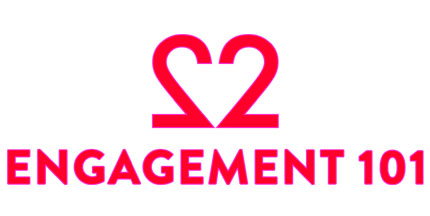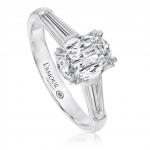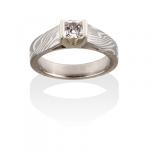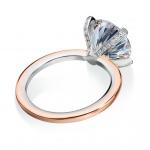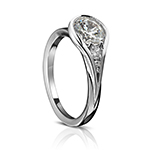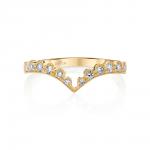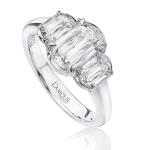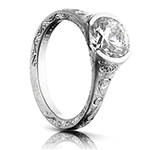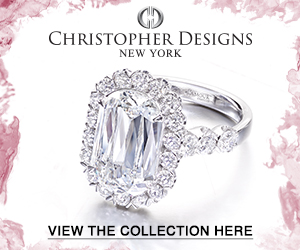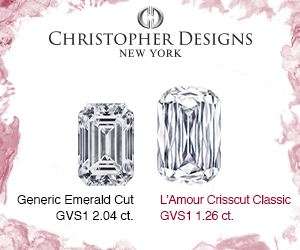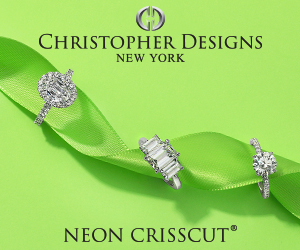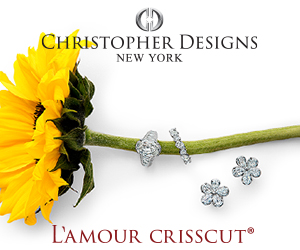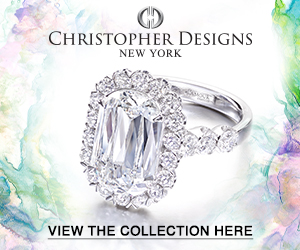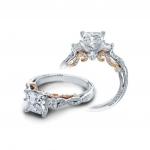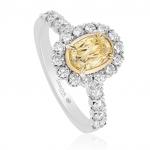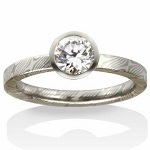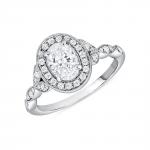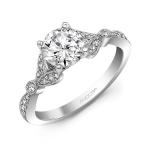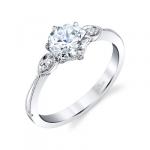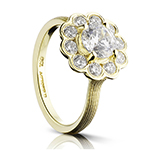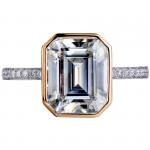Powerful and important words used in many wedding ceremonies – “To have and to hold”. But do you know that those words also have profound significance when applied to the engagement ring? Here’s why those words are beneficial to remember as you and your fiancé go about the quest to finding the perfect ring.
Both women and men often refer to the engagement ring as “the diamond”. This term comes from an era when a round diamond solitaire style set into a polished 4 prong setting was the most common type of engagement ring given. At that time the average carat weight of the center diamond was significantly smaller than it is nowadays. Today, engagement rings are a totally different story. Many rings are comprised of more than a single gem and the main stone may or may not be a diamond. The average carat weight of the center gem has increased and the desire among brides to have something unique has given rise to new cuts and shapes being made popular.
One thing that all engagement gems have in common is that they must be held by a mounting. An important fact to remember is that the mounting or setting must be able to withstand the rigors of daily wear while securely safeguarding the gem. Here are some setting thoughts you may want to consider so that your center gem gives you the look you want and is held appropriately for years of enjoyment.
There is four kinds of engagement ring settings you might want to consider depending on the type of ring you picked.
Settings for a small diamond engagement ring
If you’re in the market for a smaller diamond but wish to maximize its size there are a couple of things you should think about:
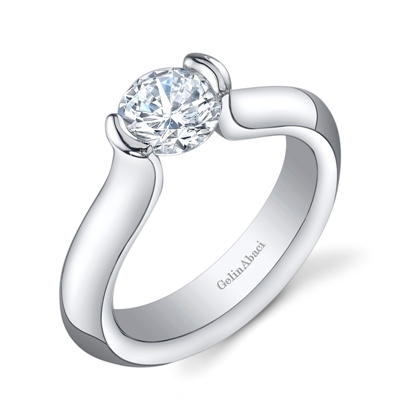 Prongs that are too chunky or too numerous can actually make a diamond appear smaller than it is. If you have a smaller diamond look for settings with more delicate prongs.
Prongs that are too chunky or too numerous can actually make a diamond appear smaller than it is. If you have a smaller diamond look for settings with more delicate prongs.- Four prongs should be the maximum and you may even opt for a modern setting like “tension set” that holds the diamond only on 2 sides.
- Some women may also want to look for an “Illusion setting”, where the diamond is set into a wider “collar” of polished, fluted or cut metal, giving the illusion of a larger stone.
- Additionally a “halo” setting in which the diamond is set into a surrounding circle of smaller diamonds that halo the edge can give a larger look and add some further sparkle.
Setting for a pear/square shaped engagement ring
If you love the uniqueness of a pear-shaped, marquise or one of the numerous popular square shapes you may want to consider this:
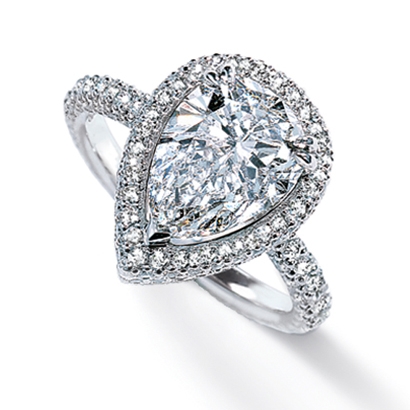 Choose a setting that protect the points: contrary to some beliefs, diamonds can chip or break when knocked or banged up against a hard surface. Especially vulnerable are the points or sharp edges of some fancy cuts.
Choose a setting that protect the points: contrary to some beliefs, diamonds can chip or break when knocked or banged up against a hard surface. Especially vulnerable are the points or sharp edges of some fancy cuts.- Many settings offer prong treatments specifically designed for the purpose of covering the points of fancy cut stones. Some prongs are “V” or “L” shaped and made to cradle the entire area for maximum protection.
Setting for a large diamond engagement ring
Larger diamonds can mean a significant investment on the part of a young couple. Due to the rarity of larger diamond crystals the price jumps dramatically in larger sizes, and especially when you get into the 1-carat and higher ranges. Some settings have difficulty accommodating stones of larger sizes.
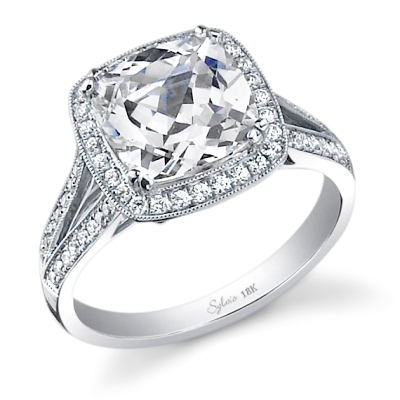 Choose a setting that holds the larger diamond with more than 4 prongs. Six and eight prong settings can provide added security for a larger center gem.
Choose a setting that holds the larger diamond with more than 4 prongs. Six and eight prong settings can provide added security for a larger center gem.- Further, don’t overlook the possibility having a setting custom designed and made specifically for a larger, rare or unusually cut stone.
Setting for a colored gemstone engagement ring
For brides who love the idea of choosing a beautiful colored gemstone instead of a diamond for their engagement ring you should remember to research the characteristics of the gem to see if it is suitable for your lifestyle.
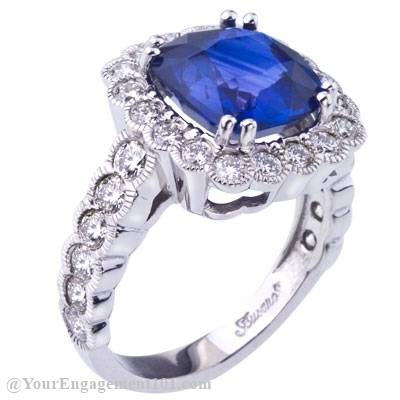 Remember to ask specifically about the hardness of the gem. A diamond is known to be the hardest of gem materials (measuring 10 on the Mohs hardness scale). Each colored gemstone has its own beauty and each with have a different hardness. This doesn’t mean that you can’t have your favorite gem in your engagement ring however. Make sure your jeweler takes you through the properties of the gem and you are aware of it’s relative hardness.
Remember to ask specifically about the hardness of the gem. A diamond is known to be the hardest of gem materials (measuring 10 on the Mohs hardness scale). Each colored gemstone has its own beauty and each with have a different hardness. This doesn’t mean that you can’t have your favorite gem in your engagement ring however. Make sure your jeweler takes you through the properties of the gem and you are aware of it’s relative hardness.- One way to help safeguard a less hard gem is by setting it in a manner that will offer it some protection. Bezel settings and channel settings may be a great option for a favorite gem that doesn’t have a diamond’s hardness.
Choosing, or helping to choose your engagement ring, can be one of the most exciting experiences for a bride-to-be. The setting you choose plays an important role in showcasing and safeguarding your center gem. Whether your choosing a favorite colored gemstone or a favorite diamond shape, whether you’ve received a treasured family heirloom diamond that’s smaller or larger than you anticipated, the way it is set can help give you the look you want while keeping the gem safe and secure. It’s yours to have and to hold, and it needs to be set appropriately for life.
– Michael O’Connor






